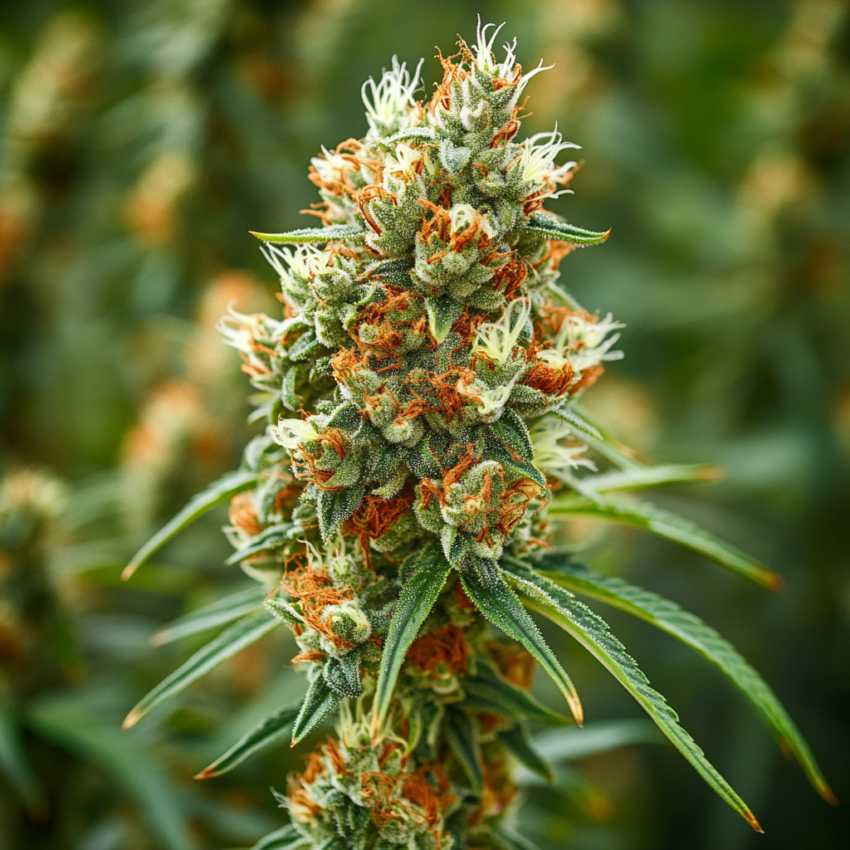In recent years, the cannabis industry has seen a surge in interest surrounding various cannabinoids and their unique properties. Among these, THCa has emerged as a compound of significant interest. This guide explores THCa flowers, their benefits, and their potential applications.
Understanding THCa
THCa, or tetrahydrocannabinolic acid, is a non-psychoactive cannabinoid found in raw cannabis plants. Unlike THC, which is known for its psychoactive effects, THCa does not produce a “high” when consumed in its natural form. This makes it an attractive option for those seeking the therapeutic benefits of cannabis without the mind-altering effects.
The Chemistry Behind THCa
THCa is the precursor to THC. When cannabis is exposed to heat through smoking, vaping, or cooking, a process called decarboxylation occurs. This process converts THCa into THC, the compound responsible for the psychoactive effects. In its raw form, THCa remains non-psychoactive, offering a different set of benefits.
Benefits of THCa Flowers
THCa flowers are gaining popularity for their potential health benefits. Research suggests that THCa may have anti-inflammatory, neuroprotective, and anti-emetic properties. These attributes make it a promising candidate for various therapeutic applications.
Anti-Inflammatory Properties
Studies indicate that THCa may help reduce inflammation, making it a potential option for individuals with conditions like arthritis or inflammatory bowel disease. By interacting with the body’s endocannabinoid system, THCa may help modulate the immune response and alleviate inflammation.
Neuroprotective Effects
Research has shown that THCa may offer neuroprotective benefits, potentially aiding in the prevention of neurodegenerative diseases. Its ability to protect brain cells from damage could make it a valuable tool in managing conditions such as Alzheimer’s and Parkinson’s disease.
Anti-Emetic Benefits
THCa has been studied for its anti-emetic properties, which could be beneficial for individuals undergoing chemotherapy or those with chronic nausea. By reducing nausea and vomiting, THCa may improve the quality of life for patients dealing with these challenging symptoms.
How to Use THCa Flowers
There are several ways to incorporate THCa flowers into your routine. Here are some popular methods:
- Juicing: Fresh cannabis leaves and flowers can be juiced to retain the THCa content. This method allows users to consume THCa in its raw form, preserving its non-psychoactive properties.
- Topicals: THCa-infused creams and balms can be applied directly to the skin for localized relief from pain and inflammation.
- Tinctures: THCa tinctures offer a convenient way to consume the cannabinoid. They can be taken sublingually or added to food and beverages.
Legal Considerations
The legal status of THCa flowers varies by region. In some areas, THCa is considered legal due to its non-psychoactive nature. However, it’s important to be aware of local regulations, as laws surrounding cannabis and its derivatives can change rapidly.
Case Studies and Research
Several studies have explored the potential benefits of THCa. For instance, a study published in the British Journal of Pharmacology highlighted its anti-inflammatory properties. Another study in the Journal of Neuroimmune Pharmacology discussed its neuroprotective effects. These findings underscore the growing interest in THCa as a therapeutic agent.
Conclusion
THCa flowers represent a fascinating area of exploration within the cannabis industry. With their potential health benefits and non-psychoactive nature, they offer a unique option for those seeking alternative therapies. As research continues to unfold, THCa may become an increasingly important component of cannabis-based treatments.

